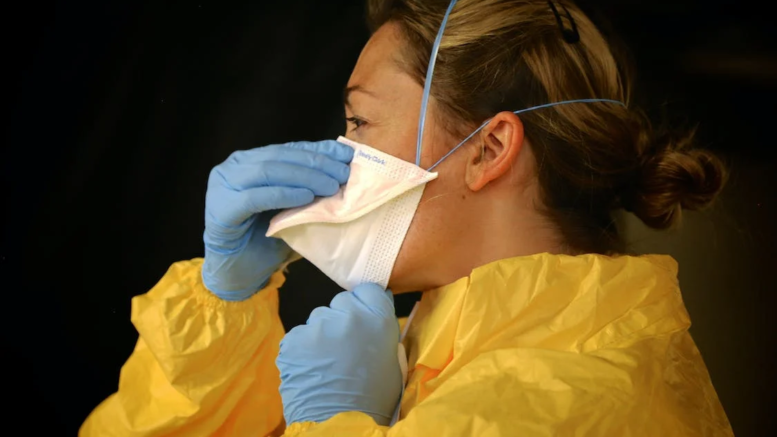It is essential to wear workwear and safety accessories to avoid accidental injuries in the workplace. Employees may not know where to buy such safety accessories. As an organization owner, it is their responsibility to ensure the safety of the workers and should provide them with necessary safety workwear and equipment. Failing companies will face legal consequences. Performing a hazard assessment, identifying and providing appropriate PPE, training employees in using those equipment, and reviewing and replacing damaged equipment are necessary in any organization. Here we have listed the PPE checklist that every employee should have.
Hard hats:
Hard hats deliver protection to industrial workers from head injuries caused by falling, flying, or fixed objects. Protective hats must be penetration, shock, and water-resistant and should have a slow-burning nature. You may wonder how I can get quality head protection workwear near me. There are three industrial classes of hard hats available. Class A hats provide impact and penetration resistance and protection from electrical hazards. Class B hats provide the highest protection against electrical hazards, including high-voltage shock and burn protection, ideal for construction and electricity workers. The Class C hats provide some impact protection, but it doesn’t provide protection from electrical hazards.
Footwear:
Providing comfortable footwear will ensure leg protection for the employees. You may think, where can I find safety foot protection workwear near me? There are two types of footwear, namely steel-toe work shoes and composite-toe work shoes. A steel capping over the toe area provides maximum protection against falling objects. They are ideal for workers with or around heavy machinery and objects. Composite toe work shoes are made from durable, non-metal materials such as Kevlar, carbon fiber, and plastic. Composite toe boots are more lightweight and breathable than steel-toe shoes while providing ample protection against falling objects. They are a great option for workers who stand for extended periods during work.
Gloves, eye protection glasses:

Hand and arm gloves provide protection against sharp or hazardous objects. Also, these benefits employees were working in extreme temperatures. Warehouse gloves are specially designed to make packing orders safely and easily. Whereas work gloves protect hands against cuts, heat, and liquids when handling hazardous materials. Light-duty options exist for lightbox lifting, and heavy-duty gloves are for working with machinery. Employees working in laboratories, electrical wiring will use safety eye goggles and safety glasses. The safety frames, safety lenses, and side shields of the glasses will provide immersive protection against dust and flying objects.
Respirators:
While working in a chemical or dust environment, face masks and respirators can help protect workers from inhaling harmful dust, particulates, and other airborne substances into their lungs. A respirator dust mask is great for lighter jobs, and a particulate respirator protects the staff from heavier dust, dirt, and plaster.
Wrapping up:
The above-mentioned are some essential safety equipment that every worker should have while working. Consider the importance of wearing these safety workwear to make wise decisions. Investing in quality safety workwear will benefit the organization in certain ways.
